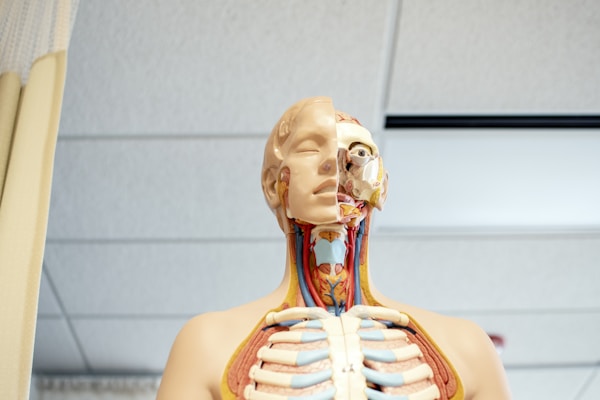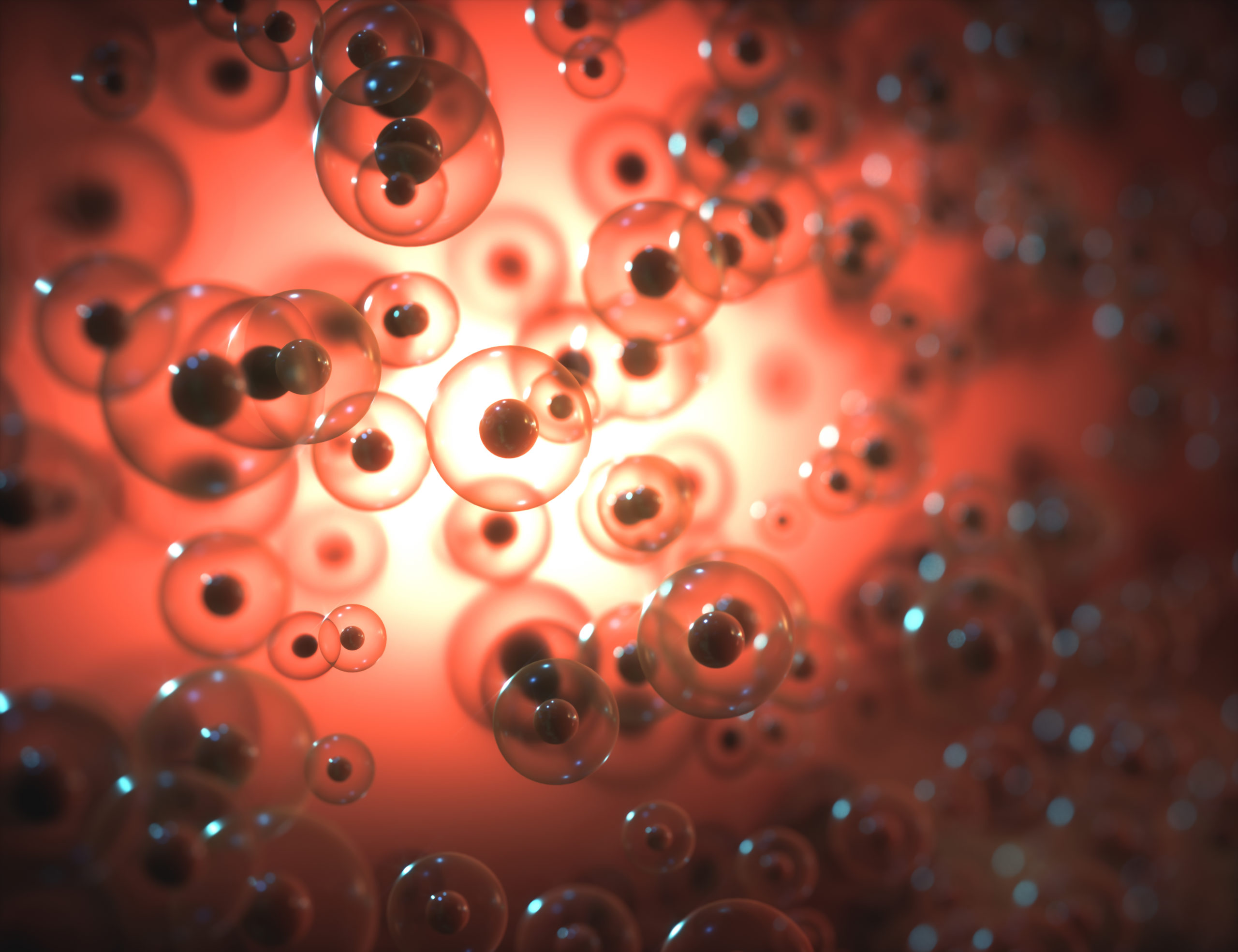NAD+ and NADH are two molecules that are similar in many ways yet have distinct structural and functional differences. Both molecules are important for energy metabolism, as they act as electron carriers, transporting electrons to and from other molecules as part of the metabolic process. In this blog, we will explore the structural and functional similarities and differences between NAD+ and NADH, examining their role in energy metabolism and how they interact with other molecules in the cell. Keep reading to learn more about the difference between NAD+ and NADH.
What are the differences between NAD+ and NADH?

Nicotinamide adenine dinucleotide (NAD+) is a coenzyme found in all living cells. It functions as an electron carrier, and it’s involved in many metabolic processes, such as glycolysis, the citric acid cycle, and oxidative phosphorylation. NAD+ plays an important role in energy production by accepting electrons from other molecules during redox reactions and then transferring them to a substrate molecule for further oxidation. The transfer of electrons helps reduce the reactants while oxidizing the products of these reactions. This energy produced can be used for various cellular activities such as growth or repair of damage caused by environmental stressors or aging.
NADH, the reduced form of NAD+, is a coenzyme in most organisms that functions similarly to NAD+. It also accepts electrons from other molecules during redox reactions but donates them to another molecule that can be used for further reduction. Additionally, NADH has some unique properties compared to its counterpart. NADH can produce up to 10 times more ATP than NAD+. However, due to this increased efficiency comes an added cost since NADH cannot be recycled, unlike NAD+.
Where are NAD+ and NADH found in the body?
NAD+ and NADH are found in virtually all cells in the human body and serve as essential components of metabolic pathways. In the human body, NAD+ and NADH are found in the mitochondrial and cytoplasmic compartments of cells. In the mitochondria, NAD+ and NADH are used in both the electron transport chain and the citric acid cycle. During the electron transport chain, NADH is formed from NAD+ and electrons from the breakdown of glucose, and then NADH is used to produce ATP.
In the citric acid cycle, NAD+ is used as an electron acceptor to oxidize amino acids and fatty acids, while NADH is used as an electron donor to produce ATP. In the cytoplasm, NAD+ and NADH are found in various metabolic pathways, including glycolysis, fatty acid oxidation, and the pentose phosphate pathway.
In glycolysis, NAD+ is used to break down glucose, and NADH is used to produce ATP. In fatty acid oxidation, NAD+ is used to break down fatty acids, and NADH produces ATP. In the pentose phosphate pathway, NAD+ is used to produce NADPH, which is then used in various metabolic pathways, such as the synthesis of fatty acids and cholesterol.
In addition to these metabolic pathways, NAD+ and NADH are also found in various other pathways, such as the synthesis and breakdown of hormones, amino acids, and nucleotides. Furthermore, NAD+ and NADH are also involved in regulating gene expression and repairing DNA damage.
What is the importance of NAD+ and NADH in the body?

NAD+ and NADH are essential coenzymes integral to the body’s energy production process. NAD+ is necessary for converting glucose into energy, while NADH is necessary for converting oxygen into energy. Without either of these molecules, the body would be unable to produce the energy it needs to function.
The importance of NAD+ and NADH is evident, and the body must have an adequate supply of both molecules. Unfortunately, the body’s natural production of NAD+ and NADH decreases with age. This is one of the reasons why older people often have a more challenging time producing energy than younger people. By eating foods high in these molecules and exercising, you can ensure that your body has the energy it needs to function at its best.

